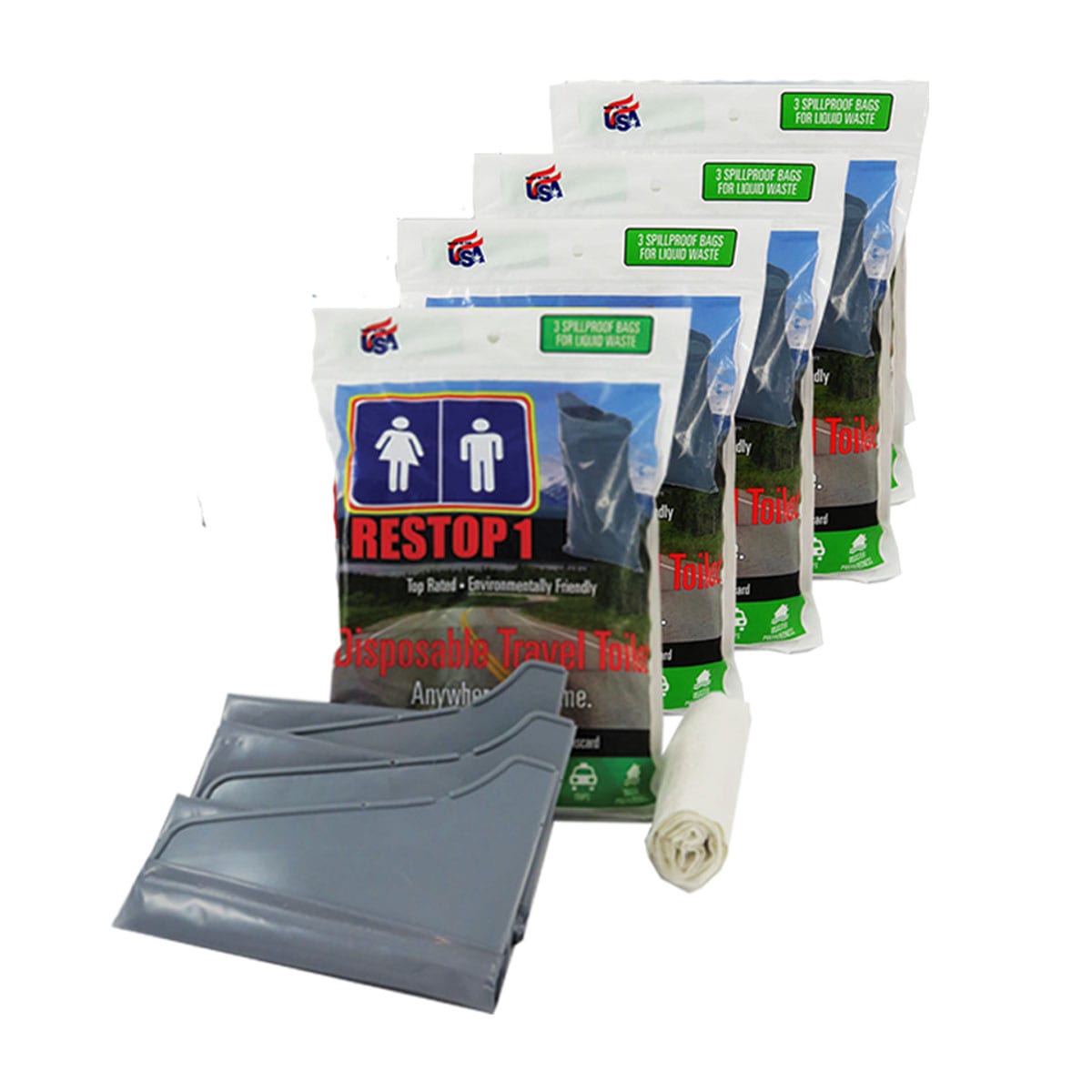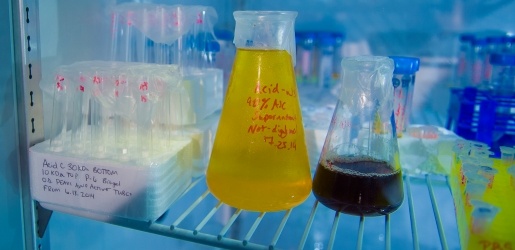Specialist Liquid Waste Removal Melbourne: Rapid and Budget-friendly Solutions
How Liquid Garbage Disposal Works: A Detailed Summary of Techniques and Technologies Utilized

Introduction of Fluid Waste Types
The complexity of liquid waste types demands a thorough understanding of their features and ramifications for disposal. Liquid waste can generally be classified right into several kinds, including commercial, local, agricultural, and unsafe waste. Each classification shows distinctive buildings, needing specific management techniques to reduce ecological and health and wellness risks.
Industrial liquid waste stems from making procedures and frequently contains a series of impurities, such as heavy metals, solvents, and organic substances. Municipal fluid waste, primarily comprising wastewater from homes and commercial establishments, has natural issue, nutrients, and virus (industrial wastewater treatment). Agricultural liquid waste, including drainage from ranches, may have fertilizers, pesticides, and animal waste, posturing threats to water high quality and ecosystems
Dangerous fluid waste is identified by its poisoning, sensitivity, or prospective to trigger injury. This classification includes substances like acids, bases, and specific chemicals that necessitate rigorous handling and disposal methods. Recognizing these varied fluid waste kinds is critical for creating reliable disposal methods and guaranteeing compliance with ecological guidelines. Appropriate category and characterization are vital for carrying out proper treatment methods and minimizing the negative influences on public wellness and the setting.
Physical Therapy Approaches

Testing is the initial action, where larger particles and debris are removed from the fluid waste making use of displays or grates. In sedimentation containers, much heavier fragments resolve at the bottom, creating a sludge layer, while the cleared up liquid can be more treated.
Filtration is an additional necessary method that involves passing the fluid through permeable materials, such as sand or membrane layers, to catch smaller sized fragments. This step boosts the high quality of the fluid, making it appropriate for subsequent therapy processes.
Chemical Treatment Strategies
Chemical treatment strategies are vital for successfully managing liquid waste, specifically in attending to liquified and colloidal pollutants that physical techniques might not adequately eliminate. These techniques use numerous chemical representatives to counteract, precipitate, or transform unsafe substances right into much less harmful types.
One usual method is coagulation and flocculation, where chemicals such as alum or ferric chloride are included in advertise the aggregation of put on hold bits. This procedure enhances sedimentation, permitting less complicated removal of the resulting sludge. Additionally, oxidation processes, using representatives like chlorine or ozone, are employed to break down complicated natural compounds and virus, providing the waste safer for discharge or additional therapy.
Neutralization is an additional critical strategy, which adjusts the pH of acidic or alkaline waste streams to neutral levels, stopping possible injury to downstream systems and the setting. Furthermore, advanced oxidation processes (AOPs) make use of mixes of oxidants and ultraviolet light to degrade persistent toxins, achieving a higher level of treatment efficiency.
Biological Treatment Processes
Organic therapy procedures play an essential function in the administration of fluid waste by utilizing microorganisms to break down organic matter and decrease contaminant degrees. These procedures can be generally classified into cardiovascular and anaerobic therapies, each employing specific microbial communities to attain reliable waste destruction.
Cardiovascular therapy entails using oxygen to promote the failure of natural materials by germs. This procedure is frequently carried out in triggered sludge systems, where aeration storage tanks provide a helpful setting for microbial growth, leading to the oxidation of natural toxins. The resultant biomass can be separated from dealt with effluent via sedimentation.
On the other hand, anaerobic treatment takes place in the lack of oxygen, relying upon various germs to break down raw material. This method is specifically helpful for high-strength waste, as it creates biogas, a click this renewable resource resource, while minimizing sludge production. Technologies such as anaerobic digesters are regularly utilized in commercial and local applications.
Both anaerobic and cardio biological my blog therapies not just lessen the environmental effect of fluid waste however also facilitate source healing, making them vital elements of sustainable waste monitoring techniques. Their flexibility, effectiveness, and effectiveness sustain their extensive application throughout numerous industries.
Arising Technologies in Disposal
Cutting-edge methods to liquid garbage disposal are swiftly advancing, driven by improvements in modern technology and an enhancing focus on sustainability. Amongst these arising innovations, membrane bioreactors (MBRs) have acquired traction for their capability to incorporate organic treatment with membrane layer purification, causing top quality effluent that can be reused in different applications. MBRs allow smaller sized impacts and more efficient operations compared to conventional systems.
One more appealing advancement is making use of anaerobic food digestion incorporated with nutrient recuperation innovations, which not just deals with liquid waste however likewise produces biogas and recovers valuable nutrients like nitrogen and phosphorus. This dual benefit boosts source performance and lowers environmental effect.
Furthermore, advanced oxidation processes (AOPs) are being adopted for the destruction of intricate natural pollutants. These techniques use powerful oxidants and catalysts to damage down contaminants at the molecular degree, supplying an extremely efficient solution for tough waste streams.
In addition, the integration of expert system and machine understanding in waste administration systems is enhancing operational efficiency and predictive upkeep, resulting in reduced prices and enhanced environmental conformity. These technologies reflect a substantial change in the direction of more sustainable and reliable liquid you can try this out waste disposal techniques.
Final Thought
In verdict, effective liquid waste disposal necessitates a detailed understanding of numerous techniques and innovations. By continually progressing these methodologies, it becomes feasible to resolve the expanding challenges associated with liquid waste, eventually adding to ecological defense and source recovery.
Liquid waste disposal is an essential element of ecological monitoring, requiring a comprehensive understanding of different methods and modern technologies customized to various waste kinds. Fluid waste can generally be classified right into numerous kinds, consisting of commercial, metropolitan, farming, and unsafe waste. Agricultural liquid waste, consisting of overflow from farms, may include fertilizers, pesticides, and pet waste, posing threats to water top quality and ecosystems.
Various physical therapy approaches play an important duty in taking care of fluid waste efficiently - industrial wastewater treatment.In final thought, effective fluid waste disposal requires a detailed understanding of different methods and technologies